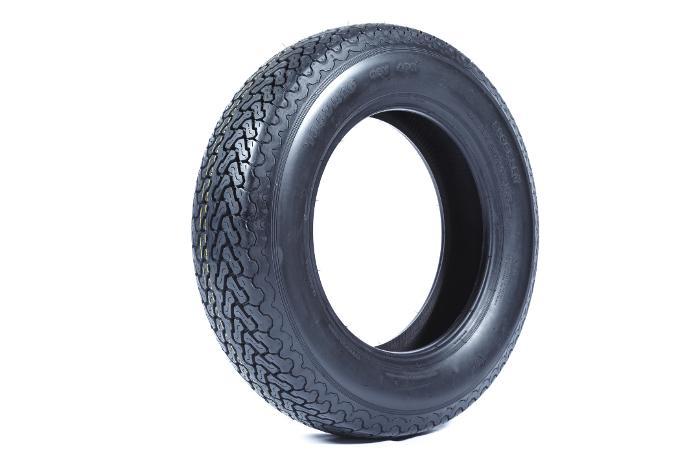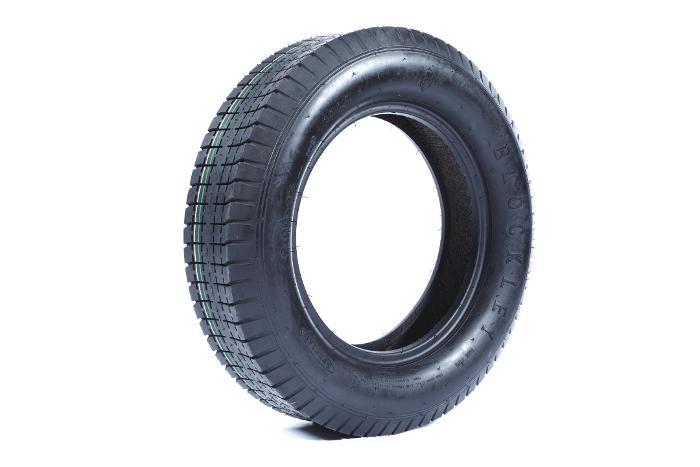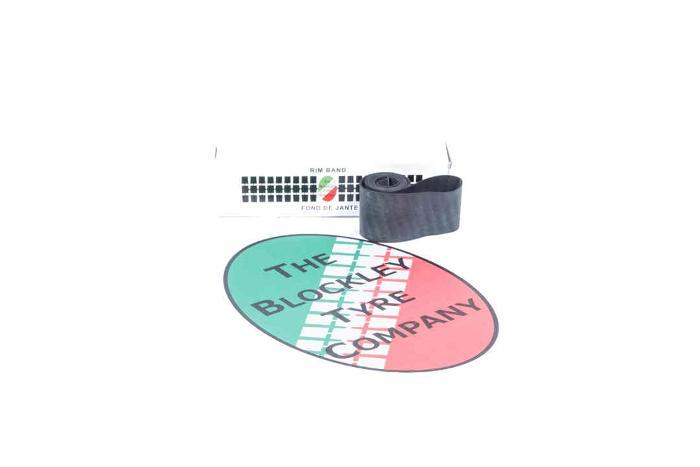Jaguar - Jaguar XK
The Jaguar XK evolved over 3 models of XK120, XK140 and XK150 spanning 1948 to 1961, available in open and closed body options. After the war Jaguar, for the first time, built its own engine from scratch which was a twin cam 6 cylinder 3442 cc, the work principally of Walter Hassan. The first sports car it went in was the XK120, producing 160bhp, the 120 referring to the top speed of the car that had been officially recorded in Belgium, without windscreen and so on, which was impressive at the time . . . These first XK120's were alloy bodied and soon all steel was used which made the cars heavier.
In 1955 the Jaguar XK140 replaced the XK120, the XK140 having more leg room, achieved by moving the engine forward, as Jaguar had done with the sports racing D Type. Although the XK 140 had the same engine as the XK120, power output was increased by 30bhp to 190bhp by using different camshafts and increasing the compression ratio.
1957 saw the the XK150 which differed considerably to the earlier XK120 and XK140, and now no longer available as a roadster. With the 150's one piece windscreen and overall generally bigger (some 100 kilos worth) it had the most powerful of the 3.4 engines, quoted at 210bhp. For 1959 the XK150 was given the new 3.8 litre engine to get the performance of the car back to something like its original XK predecessors. Production of the XK stopped at the end of 1960, and the XK150 was finally replaced with a new model that took everyone's breath away!
Original tyre fitment for the Jaguar XK120, Jaguar XK140 and Jaguar XK150 was the cross ply 600x16, while the equivalent radial tyre size fitted by the majority of XK owners today is the Blockley 185VR16 size. See full details of both these exceptional XK Jaguar tyre sizes at the links below:


